Form over function?
Perth, 25th September 2013
I may have blogged about this before, but it remains a sticky design issue time again, certainly in my industry of lighting design. Again we are having a heated discussion with an architect who strives towards an aesthetically pleasing lighting solution (or so they say) against an in our eye more efficient and still very much less obstructive solution. Imagine two very big floodlights against 4 very small floodlights in which the small floodlights achieve far better lighting results than the two big ones. The argument is about the size and the visibility of the floodlights on the façade of a building. There is an additional factor that the two floodlights can be located centre of the façade panels whereas the proposed four floodlights would have to be positioned off-centre. The point is that on this high rise the panels are facing inwards and the position in relation to the panels is merely a cosmetic issue mostly visible on drawings (certainly not from the ground up) certainly considering that the lights will be way high up (the building will rise up to 300m high!).
The other issue is physical visibility of the floodlights. Argument architect: two big floodlights are less visible than 4 small ones. Our argument: two big ones or four much smaller ones is a subjective matter, the point is that the lighting effect of the four smaller ones is way better in terms of performance (uniformity, reach, coverage, brightness, energy consumption, costs!) than the two big ones. On top of that the two big ones have a far bigger weight, a bigger wind surface and hence will require a stronger structural support and securement. The discussion continuous with a client who wishes to respect the architects design but also wishes to respect our professional recommendations…hence the dilemma. Satisfy the architects ego or the professional recommendations…form or function?
Light Watch 4-163: A way to eliminate the discussion is to integrate the lighting within the building design structure. One of the trendsetting materials is the so called translucent concrete. Concrete material that has embedded fiber-optic strands that allow the light to transfer through the concrete. I have used the material in one of my projects before and now in combination with LED panels in the back can create a two-way light transfer; daylight in during the day, artificial (LED) light out at night. Here is a recent project by Lucem in Germany.

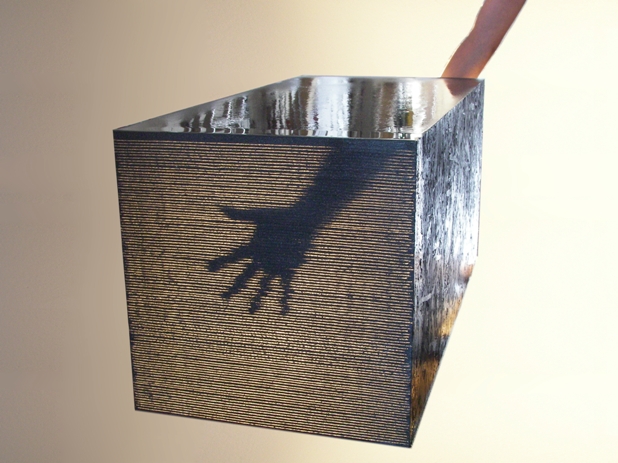

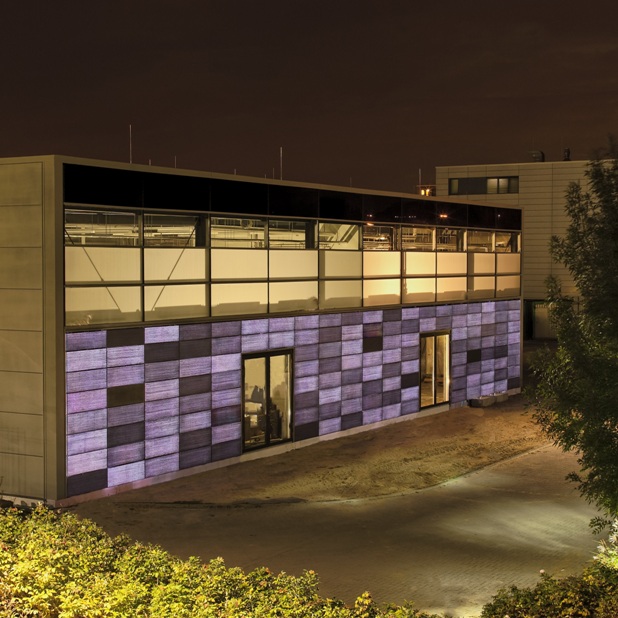
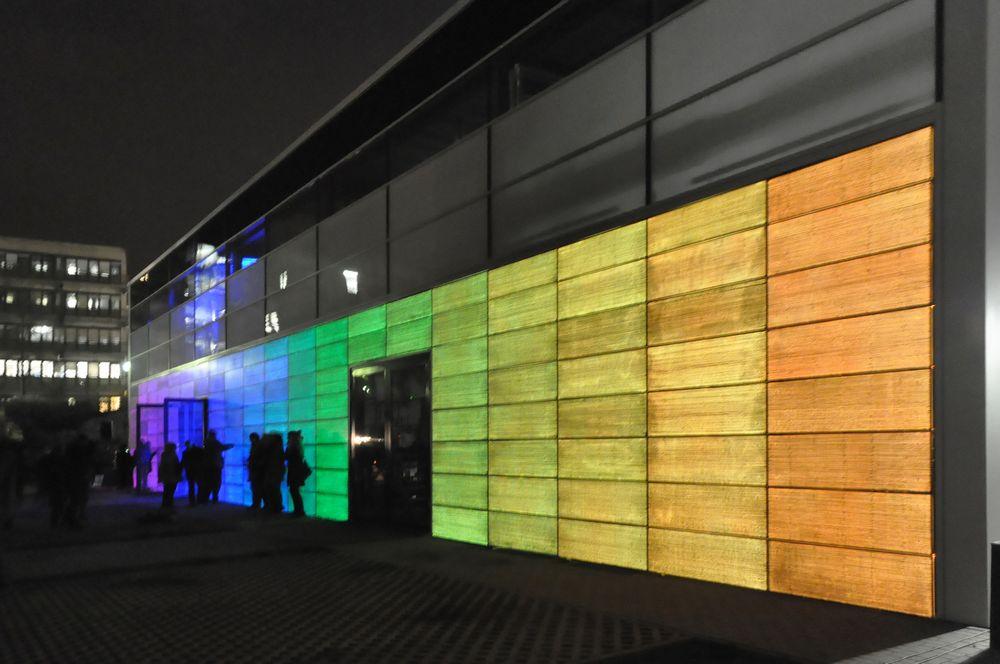

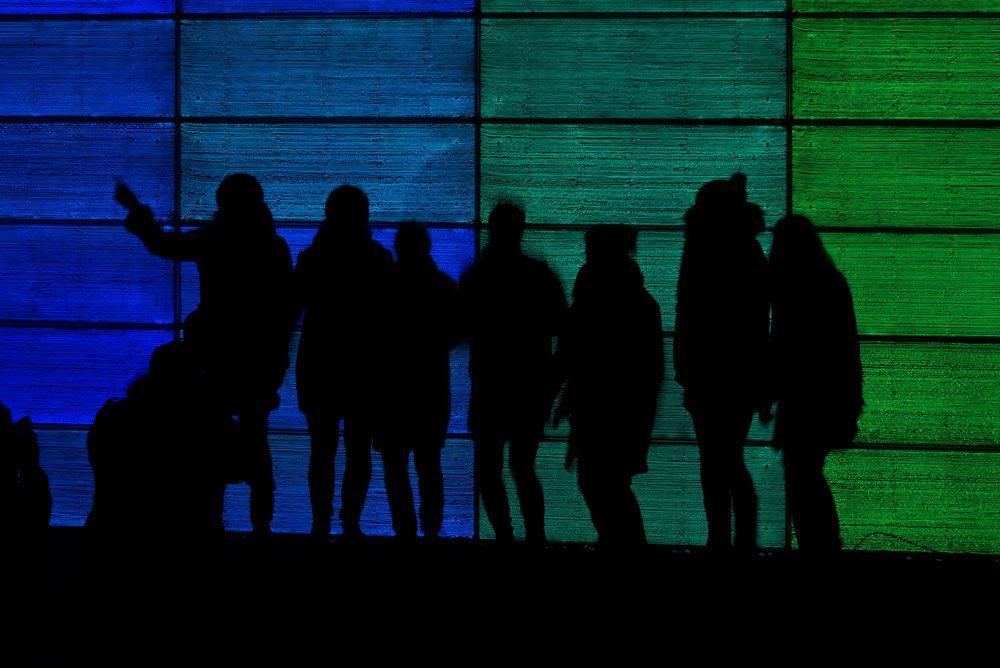
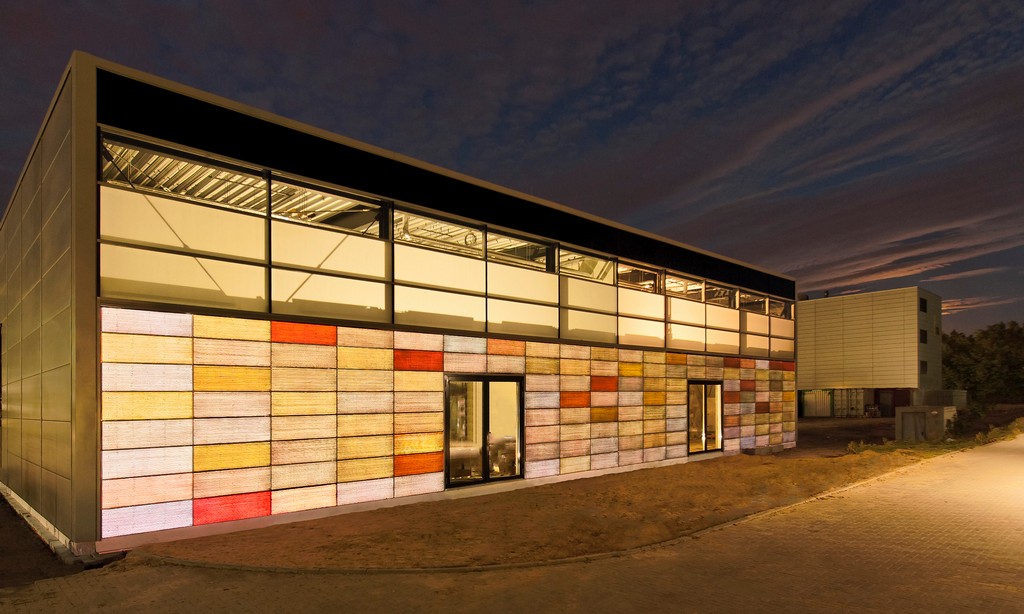
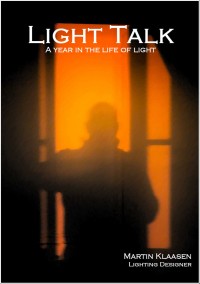 The long awaited book compilation of Martin's first year of blogging is available. Order now.
The long awaited book compilation of Martin's first year of blogging is available. Order now. Feedspot Top 100 Lighting Blogs
Feedspot Top 100 Lighting Blogs